Domestic Destinations
Incredible India
One of the oldest civilisations in the world, India is a mosaic of multicultural experiences. With a rich heritage and myriad attractions, the country is among the most popular tourist destinations in the world. It covers an area of 32, 87,263 sq. km, extending from the snow-covered Himalayan heights to the tropical rain forests of the south. As the 7th largest country in the world, India stands apart from the rest of Asia, marked off as it is by mountains and the sea, which give the country a distinct geographical entity.
Fringed by the Great Himalayas in the north, it stretches southwards and at the Tropic of Cancer, tapers off into the Indian Ocean between the Bay of Bengal on the east and the Arabian Sea on the west. As you travel the expanse of the country, you are greeted by diverse nuances of cuisines, faiths, arts, crafts, music, nature, lands, tribes, history and adventure sports. India has a mesmeric conflation of the old and the new. As the bustling old bazaars rub shoulders with swanky shopping malls, and majestic monuments accompany luxurious heritage hotels, the quintessential traveller can get the best of both worlds. Head to the mountains, enjoy a beach retreat or cruise through the golden Thar, India has options galore for all.
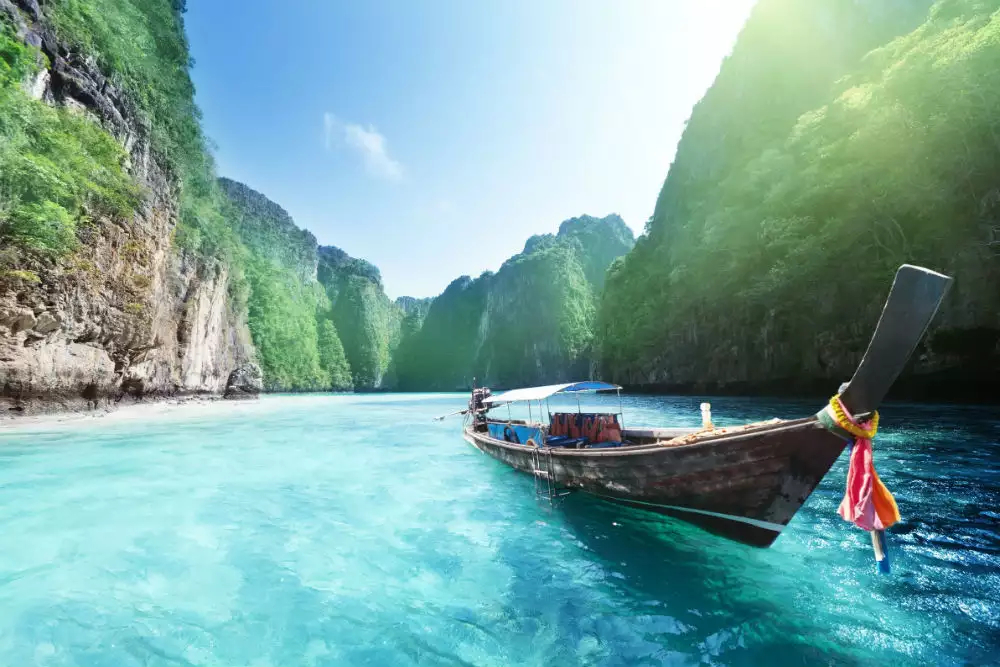
Andaman
The name Andaman is presumed to be derived from Hanuman, who was known to the Malays as Handuman. The name Nicobar seems to be a corruption of the South Indian term ‘Nakkavaram’ (Land of the Naked) as indicated in the great Tanjore inscription of AD 1050. The most widely spoken language on the islands is Bengali followed by Hindi, Tamil, Telugu and Malayalam. Andaman Creole Hindi is also widely used as a trade language in the Andaman Islands. Andaman and Nicobar Islands have India’s best nesting beaches for three species of marine turtles – Hawksbill, Green turtle and world’s largest sea turtle, the Leatherback (Dermocheleys Coriacea). The nesting population of Leatherback turtles in Nicobar is one of the few colonies that exceeds 1,000 individuals in the Indo-Pacific, and is hence of global importance.

Agra
It was once the capital of Mughal Empire. Since Shah Jahan could not stay in the land after the death of his beloved wife, he shifted the capital to Delhi. Agra is located on the western banks of the river, Yamuna. It is about 200 km away from the capital of the country, New Delhi. People think Agra is just for Taj Mahal. But, it is an enthusiast place that would put you in awe. Agra was the capital of the great Akbar. Thus, there are a lot of architectural marvels to enjoy here that are related to Persian style. The iconic tourism destination is the world wonder, Taj Mahal. Apart from this, you can find tombs of various kinds, religious places, Yamuna River and water related activities in the river.
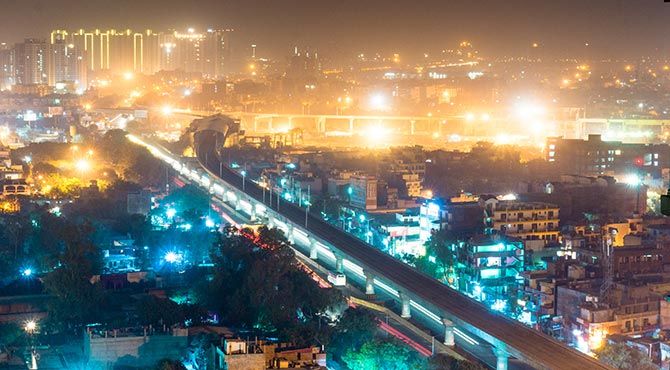
Chennai
The South Indian State of Tamil Nadu is blessed with best of the exotic charms. ‘Exotic Tamil Nadu’ introduces you these charms. Tamil Nadu is famous for its temples. ‘Tamil Nadu Temples’ carries the brief information about the historical and architectural distinctions in general about these temples. ‘Tamil Nadu Temple Tour’ provides you with the first hand information about each of the temples we shall visit during the Tour. Chennai is the largest city in Tamil Nadu and is located on the southeastern coast of India. The city was formerly known as Madras and was established by the British. They developed it into a significant urban center and naval base. Around 20th century, Chennai became an important administrative headquarter and the capital of Madras Presidency. It has been endowed with the rich heritage of art and culture.

Delhi
Delhi - the capital city of India is popular for its rich cultures and traditions. The city hosts some of the most majestic historical monuments and architectural marvels along with beautiful gardens and modern-day entertainment sites. In short, the city is a delight to people of every age. Delhi is officially both a Union Territory and City located in Northern India. It covers an area of around 1484 sq km and bordered by the states of Haryana and Uttar Pradesh. It’s officially referred to as the National Capital Territory of Delhi with New Delhi as its capital. The Urban area of the city consists of the satellite cities of Gurgaon, Noida, Ghaziabad and Faridabad, which are collectively called the Central National Capital Region (CNCR).

Goa
Goa is more than just a hand full of beaches and pumping parties. This is a cultural blend of sand, sun, spice, seafood and spirituality. Stretching along the mighty Arabian Sea, this tropical paradise caters to the needs of every traveler from backpackers to fancy pamper-loving luxury traveler. With tourism season, the region becomes close to yoga, spiritual exploration and others. Stroll through the spice plantation is just one part of exploring the spice element of the place. Tantalize your taste buds with the spicy and creamy cuisine of this land with a Portuguese and Indian blended palate. Visit Goa from October to March to enjoy fresh sea-food and enjoy nature at its prime beauty.
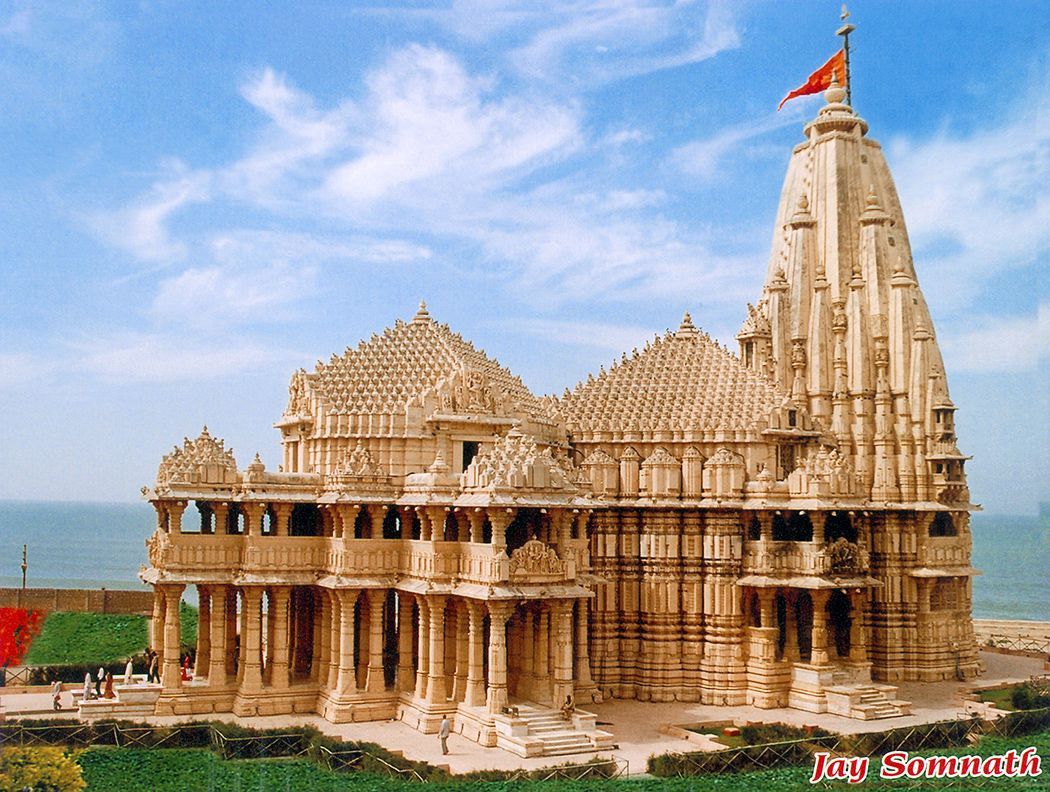
Gujarat
Gujarat is the 6th largest state in India, located in the western part of India with a coastline of 1600 km (longest in India). It is 9th most popular tourist regions in the country and was visited by 54.4 million domestic and international tourists in 2018. Gujarat offers scenic beauty from Great Rann of Kutch to the hills of Saputara. Gujarat is the one and only place to view pure Asiatic lions in the world. During the Sultanate reign, Hindu craftsmanship mixed with Islamic architecture, giving rise to the Indo-Saracenic style. Many structures in the state are built in this fashion. It is also the birthplace of Shrimad Rajchandra, Mahatma Gandhi and Sardar Vallabhbhai Patel, iconic figures of India's independence movement. In recent years Statue Of Unity has emerged as the major tourist spot of Gujarat. It is the tallest statue in the world.
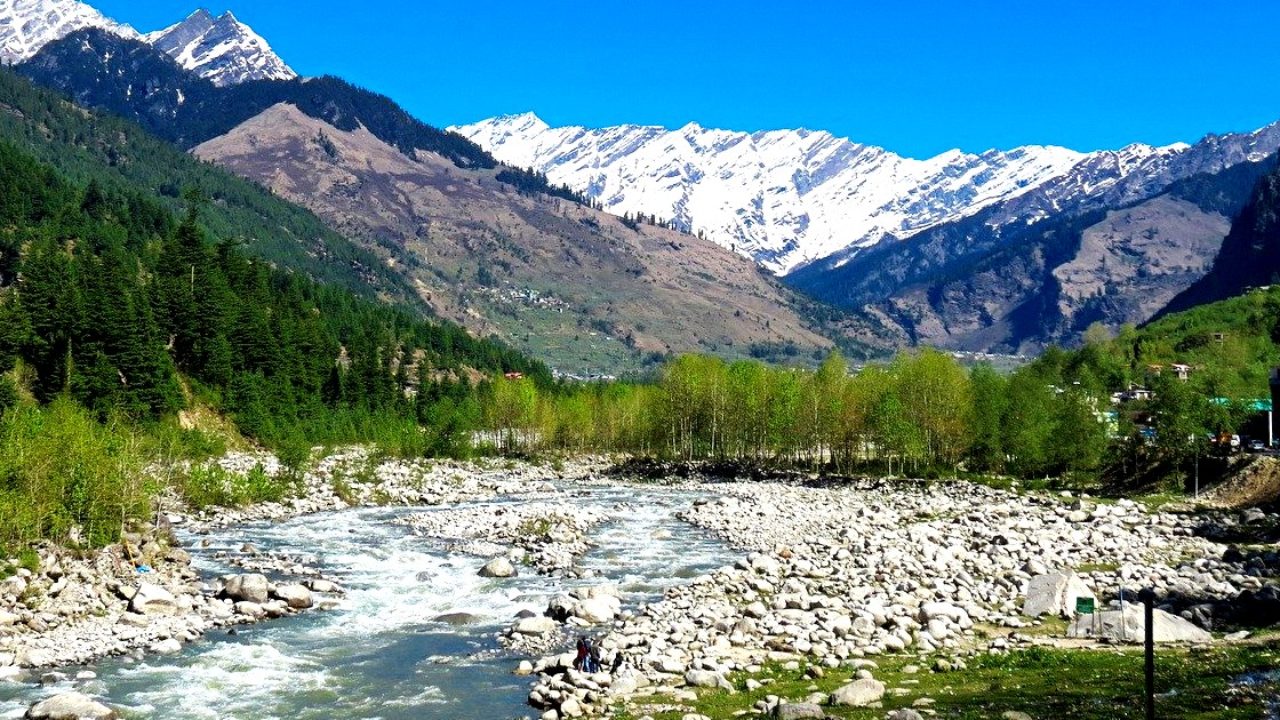
Himachal Pradesh
Himachal Pradesh is the land enriched with serene lakes, ancient temples, and a cheerful culture. Himachal region is home to numerous tourism gems like Shimla, Kullu, Chamba, Manali, and others. Starting from pilgrims to adventure lovers, this place is the land for everyone. Himachal is also the land of picturesque Himalayan nature with large apple farms, variety of exotic festivals, adventure spots, and best of all; it is the land of many religions. Located on the Dhauladhar range, this area is flourishing with mountain eroding rivers, which keeps the land lush with wildlife and foliage. In the winter, the land becomes harsh to enjoy tourism. Thus, people choose warmer climates to enjoy this alpine region. Migratory birds and Himalayan wildlife gives more color to your vacation. Himachal has been an important destination since the Indus Valley civilization era. It was home to some of the prehistoric human communities, who reached here to escape the summer sun. During British rule, it was one of their summer resorts and now, it is an exclusive tourism destination. This beauty rises from the glaciers irrigating the land and the Himalayan climate allowing some of the exotic produce to flourish.
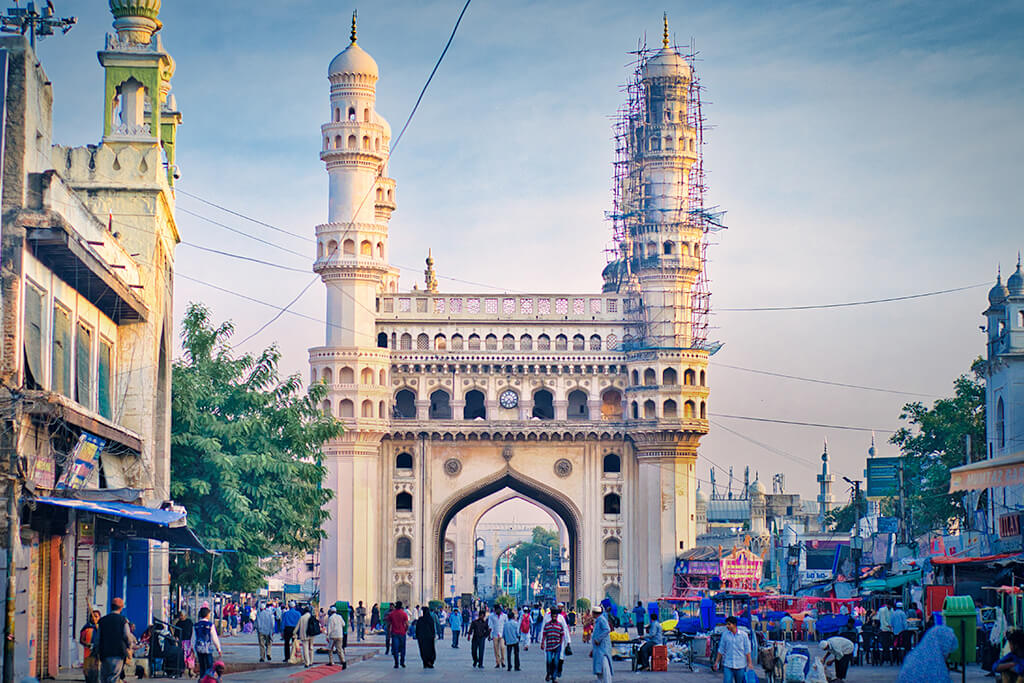
Hyderabad
The capital city of Telangana, Hyderabad is a popular tourist destination and presents its visitors with a mesmerising contrast of age old traditions, culture at one end and modern facilities, amenities of a metropolitan city at the other end. Hyderabad is one city, which has no dearth of tourist attractions. The city of smiles, of lights, of a thousand faces, endearingly called the Pearl City, Hyderabad offers a variety of tourist attractions ranging from Heritage monuments, Lakes and Parks, Gardens and Resorts, Museums to delectable cuisine and a delightful shopping experience. To the traveller, Hyderabad offers a fascinating panorama of the past, with a richly mixed cultural and historical tradition spanning 400 colourful years.

Kashmir
Kashmir is popularly called the Paradise of Earth. This scenic mountain covered exquisite destination is famous for the Himalayan nature, indigenous culture, and long list of adventure activities that comes with the splendid mountains, peaks, glaciers, lakes, meadows, and other geographic landscapes. Located amidst the Karakoram and Pir Panjal ranges, this natural beauty is famous for attractions like Shalimar Bagh, Dal Lake, Amarnath, Kashmir Valley, Gulmarg, Sonamarg, Khardung La Pass, Vaishno Devi temple, Pahalgam, and others. Today’s Kashmir and surrounding regions are populated since 2900 BC. This region has been mentioned in several epics of the land, including Mahabharata. Later, it has been a part of Harappa Civilization, Gupta reign, Mauryan reign, Shahi Dynasty, Mughal empire, and numerous other reigns. This diversity is the reason to why Kashmir has a diverse culture, cuisine, celebrations, and art forms. Apart from the beauties of Himalayas, the place is famous for harmonious festivals, flourishing species of tulips and orchids, acres of apple orchards, souvenirs (Kashmir carpets, woolen items, trinkets, handicrafts, and others), adventure activities, snow, and much more.
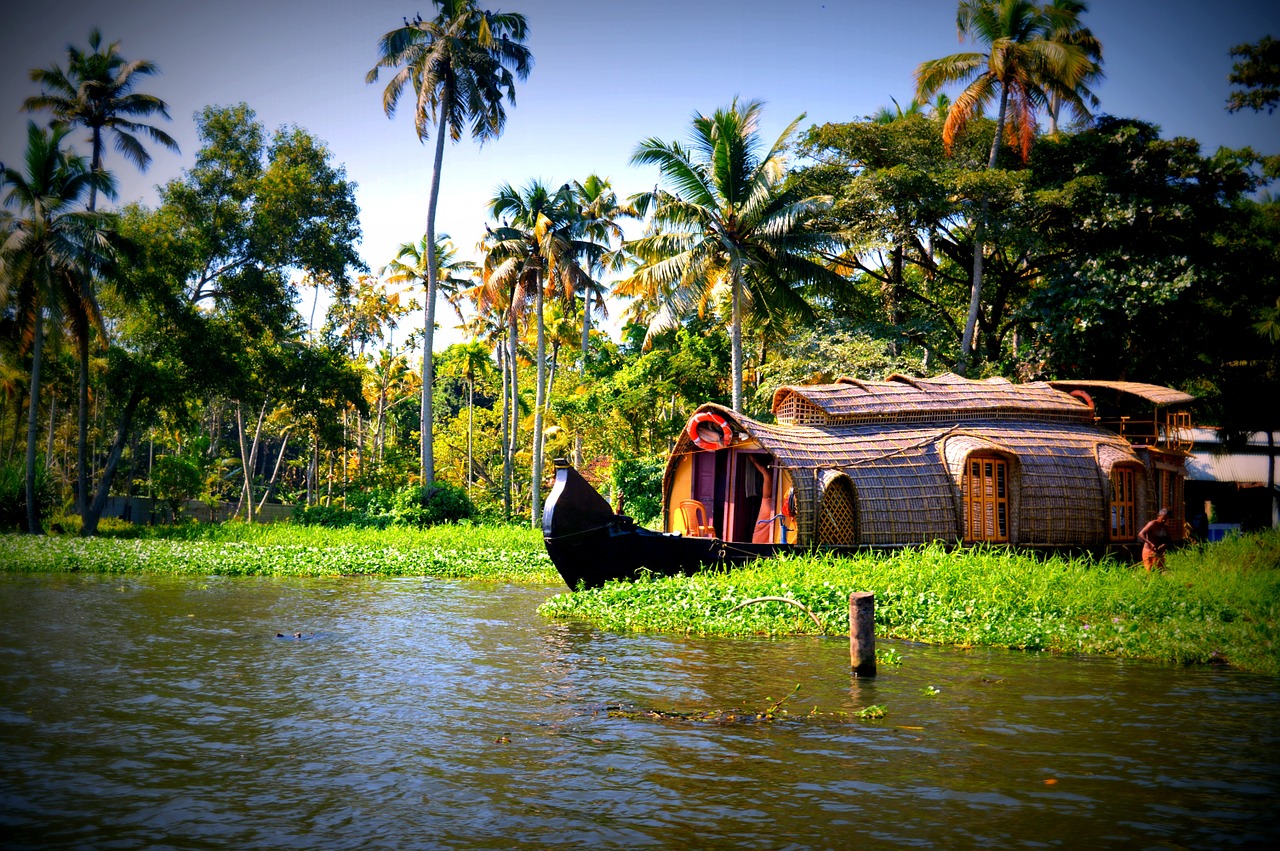
Kerala
Kerala- god’s own country is rightly named so for it is one of the 10 paradises of Earth as listed by the National Geographic Magazine. The stunning tropical landscape of the place coupled with the tranquil backwaters is sure to make you ecstatic. It is truly blessed by God with heavenly geographical features, which makes it a sought after tourist destination in the Indian sub-continent. As per ancient history, the entire state of Kerala was besieged by Sea by the Chera King Senkuttuvan, which was recovered by the axe-wielding warrior sage Parasurama. From the beginning of the Christian era, Kerala has been ruled by many influential empires like the Sanghams, Kulasekara EEmpire, Chola and Pandya Kingdoms till the European arrivals. After Independence, Travancore and Kochi were merged to form Travancore-Cochin. In 1956, Kasargod, Malabar, and Travancore-Cochin were merged to form Kerala.
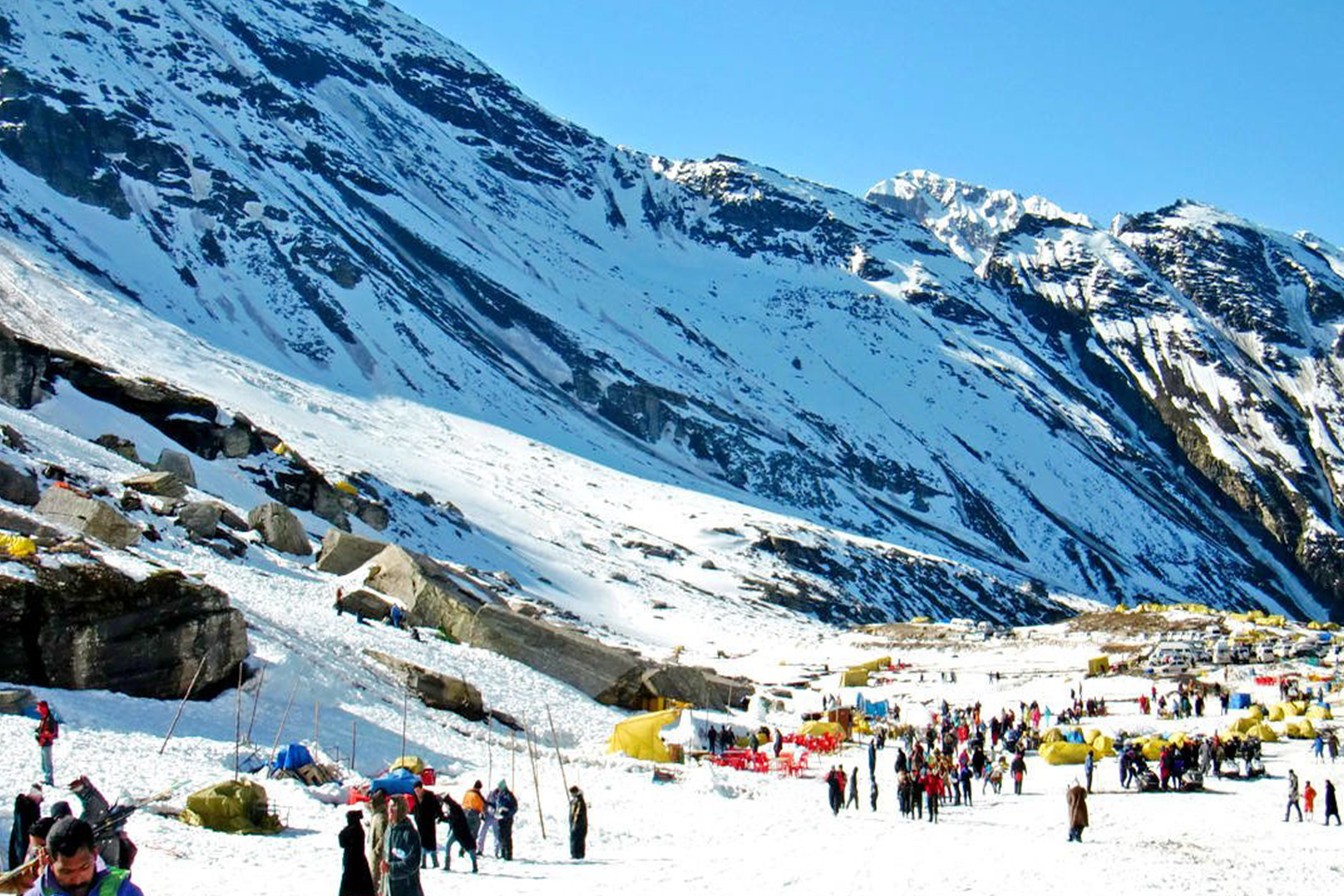
Kulu Manali & Shimla
Manali encapsulated between the Dhauladhar Ranges and Pir Panjal Ranges is one of the major destinations of Himachal Pradesh. This honeymoon –adventure destination is famous for valleys carpeted with wild flowers, green meadows, high- altitude forest, blue sparkling streams, small Himalayan mountain villages, little ancient temples, and much more. The mountainous landscape of Manali gives rise to numerous adventure activities like trekking, hiking, camping, paragliding, skiing, jeep safari, zorbing, river rafting, and others. The traditional town of Manali is famous for cultural beauties too. The region is dotted with structures built in Himalayan style using stone. The scenic land has a thick history related to Manu and his ark. The name Manali comes from Manu. After a gigantic flood that destroyed the world, Manu, a great Sanatan sage reached Manali in his ark. British too played an important role in carving Manali that we know today. Shimla is a pleasing hill town located at 2200 m above mean sea level, in the state of Himachal Pradesh. Shimla is a famous summer retreat since the colonial era. In the 18th century, Shimla was a hidden hill region flourishing with high-altitude forests. Named after the local deity, Shyamala Devi, Shimla came under the control of British by the mid of 19th century. During this time, John Lawrence, Viceroy changed Shimla into a summer capital. Thus, Shimla has a unique nostalgic feel with the colonial architecture, pedestrian shopping streets, ancient churches, and others.

Ladakh
Ladakh - The adventure capital of the country, is the destination that has the top three highest mountain passes in the world. This destination has strong links with Buddhism and Tibetan culture. From architecture to cuisine, this city has an Eastern outlook. This is a very famous tourist destination for those who love isolated adventure spot for many outdoor activities that pump adrenaline into the brain. Ladakh is a stretch of null vegetation hills, craggy mountain passes, think snow, monasteries and clear water bodies that usually stands as block ice. Visit Ladakh with Travelogy India to explore at its best with predesigned customized itineraries that you can change as per your convenience.
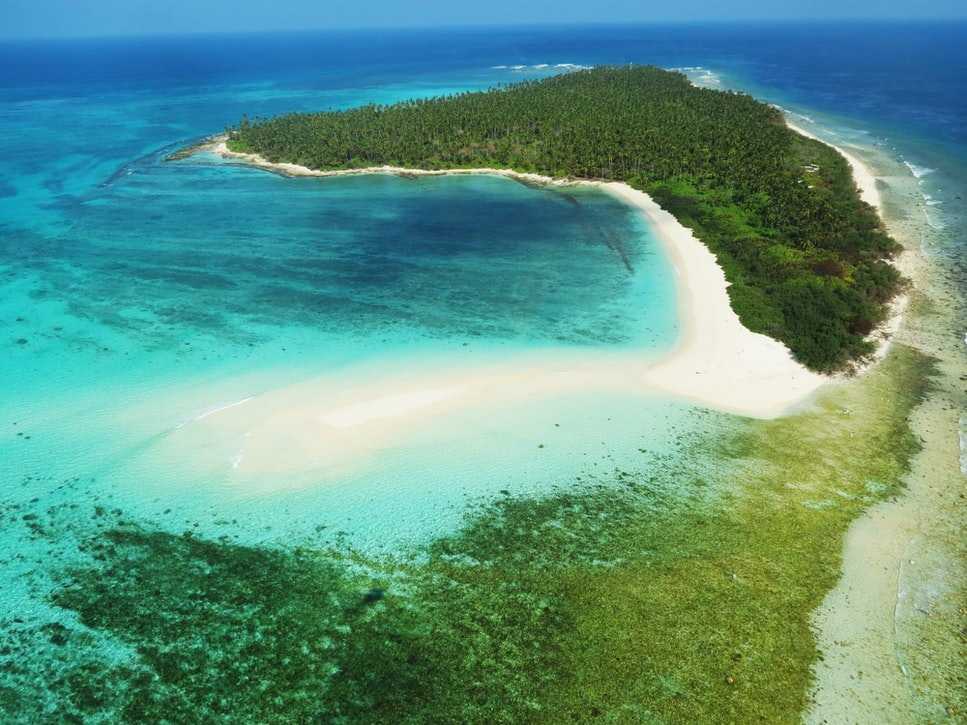
Lakshadweep
Lakshadweep, which means 'a hundred thousand islands' in Sanskrit, is the smallest Union Territory of India. It is a group of 36 exotic islands, popular throughout the world for its beautiful sun-kissed beaches and mesmerizing landscape. It covers an area of 32 sq km, comprising 12 atolls, 10 inhabited islands, 3 reefs and 5 submerged banks. The capital of Lakshadweep, Kavaratti is also a principal town of this Union Territory. These Islands are located at a distance of 220 to 440 km from Kochi, one of the coastal cities of Kerala. Lakshadweep has mesmerizing natural landscapes, sandy beaches, variety of flora & fauna and easy going lifestyle, which is free from pollution. All the islands of Lakshadweep do not have settlements and only few of them allow visitors with permit. Coconut trees, lagoons, isolated beaches and reefs enhance the islands of this tourist destination. Adventurous souls love to visit this place for scuba fishing, diving, kayaking and snorkeling.
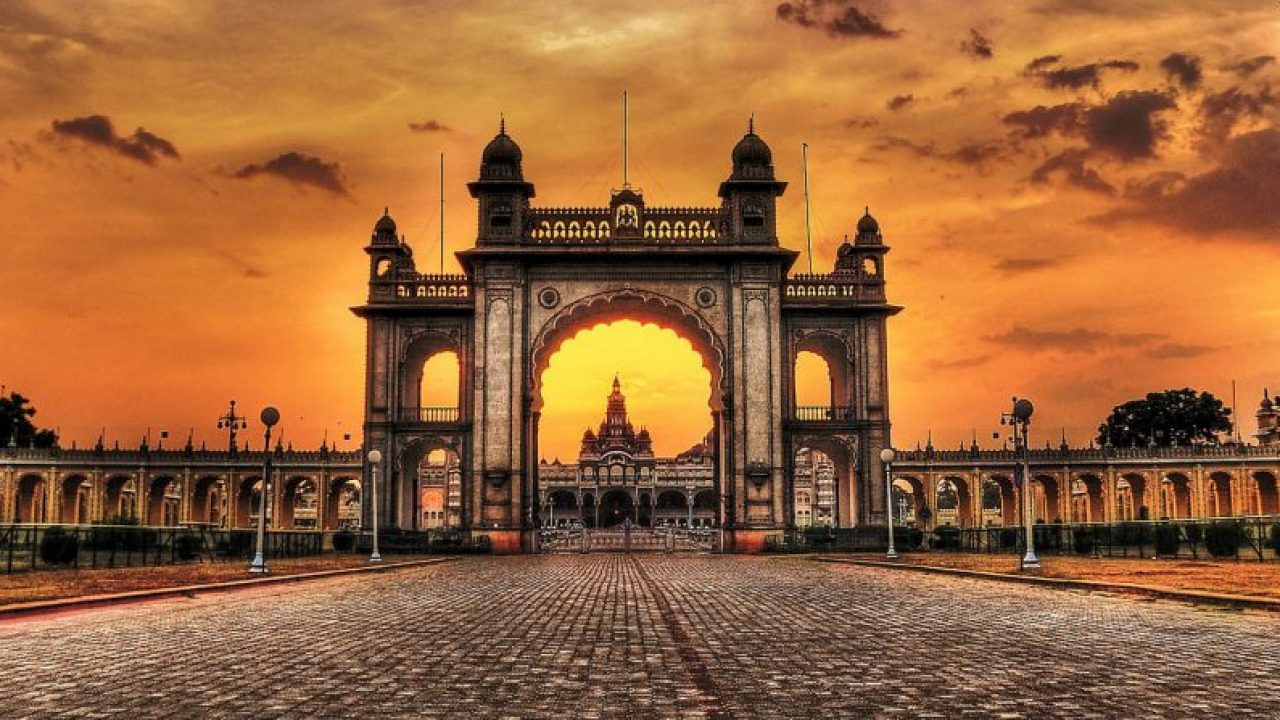
Mysore
Mysore is a city in the Indian state of Karnataka, and the administrative seat of Mysore District, one of the largest districts in Karnataka. Patrons of art and culture the Wodeyars ruled Mysore kingdom and contributed significantly to the cultural growth of Mysore city. Mysore was the former capital of the Kingdom of Mysore until 1947. Mysore is the name by which Karnataka State was known prior to 1973. Mysore is located at 770 m above sea level at 12.18° N 76.42° E and is 140 km from Bangalore, the state capital. It covers an area of 128.42 Sq. Km. having City Municipal Corporation since 1977. The population of the city is 8,87,446 consisting of 4,62,617 males and 4,24,849 of females according to the census of 2011. Mysore, the cultural capital of the Karnataka state, has many educational, commercial, administrative centers and heritage monuments. It was the home for many great musicians, music composers, dancers, Sanskrit scholars, writers and in general intellectuals. The city with the majestic Mysore Palace, the royal mansions, public buildings, gardens, water bodies and planned markets exhibit an indelible impression of the vision of the Maharajas, their Dewans and other talented luminaries on the City Municipality as early as 1862. The total harmony of buildings, sites, lakes, parks and open spaces of Mysore and the back drop of Chamundi hill adds to city’s attraction.
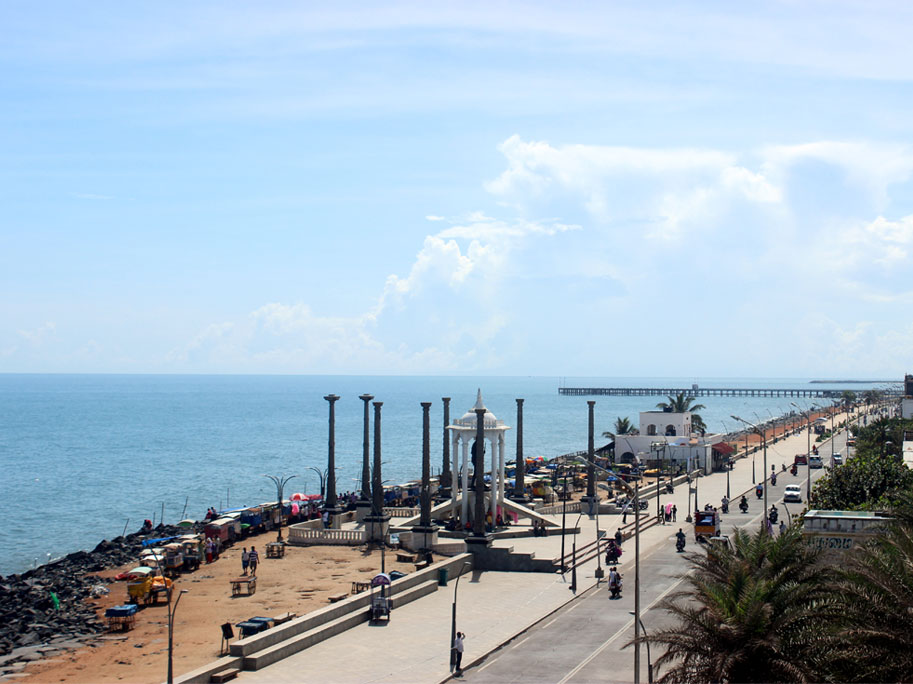
Puducherry
Pondicherry (Puducherry) is a remnant of French reign in India. The fusion of Indian and French culture is the main element of beauty in Pondicherry. The French Quarters in Pondicherry, the White Town, is not the only region with the colonial aurora. With every aspect of the region starting from the colonial buildings to the French cuisine, Pondicherry will remind you of Europe. Sher Khan Lodi allowed French to set up an establishment for their colony in Pondicherry in exchange for foreign ships and flourishing textile industry. Pondicherry along with a few other destinations like Karaikal, Yanam, Chandernagar, and Mahe, was under French rule until 1954. Explore the rues, boulevards, seaside promenade, authentic colonial bakeries, cobbled-stoned streets, and much more. This is one of the best regions in South India to enjoy a booze-filled vacation as Pondicherry has tax-free alcohol. Apart from these, the coastal climate adds more beauty to this portal to the French colonial experience.
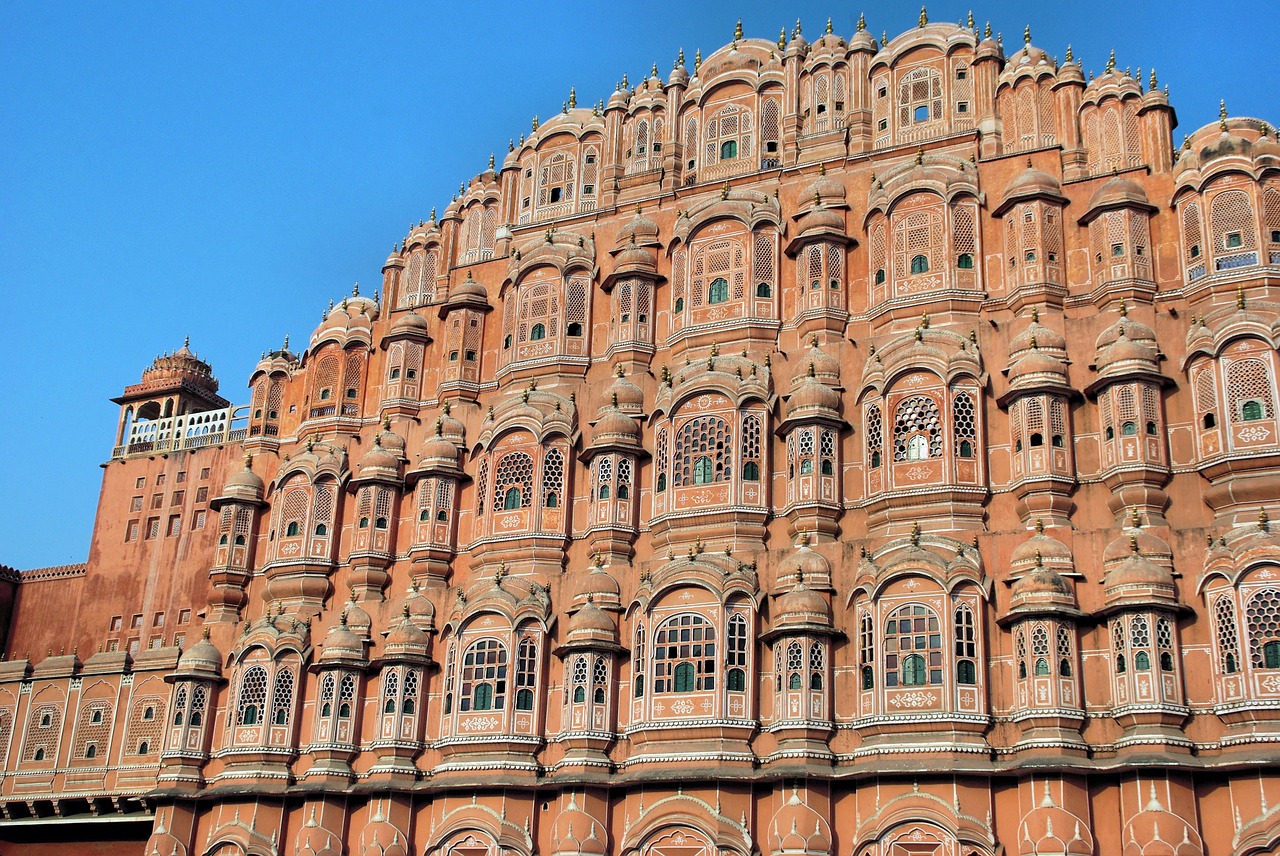
Rajasthan
Rajasthan - the Land of Kings and Maharajas is rightly called due to the presence of various dynasties. It was ruled by the Mauryan Dynasty in 321-184 BC followed by the rise of the Rajput era during the 9th century. Rajputs are considered as the most influential and powerful dynasty undefeatable spirit and patriotism. The medieval era marked the rule of the Mughal Empire in the region followed by British Rule till India’s independence. Rajasthan is the largest state of India, which covers an area of 342,239 sq km located in the northwestern edge of the country sharing its borders with Pakistan and Sindh along with five other Indian states. It covers around 10.4 percent of the total geographical area of the country Jaipur is the largest city of Rajasthan, which also serves as its capital. The history of Rajasthan dates back to 3300 BC where Kalibangan (located in Hanumangarh district) served as the major provincial capital of the Indus Valley Civilization. There are also traces of settlement of Harappan civilization at an archeological site at Balathal. Stone Age tools relating to 5,000 to 200,000 years were found in Bundi and Bhilwara districts.
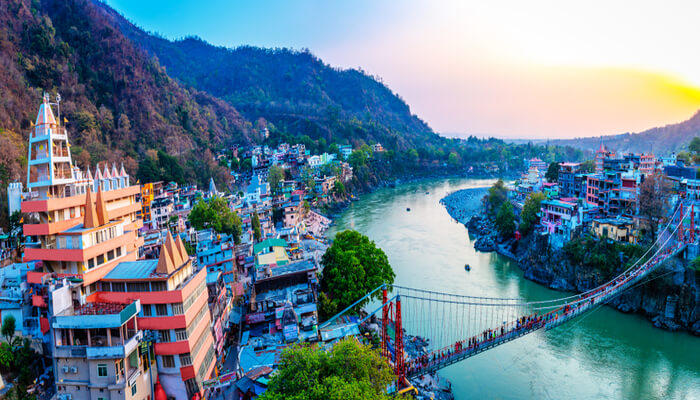
Rishikesh
Rishikesh is the gateway to Garhwal Himalayas. The name Rishikesh comes from Lord Hrishikesha, Lord of Senses. This is the land for spiritual seekers and Yoga enthusiasts. Rishikesh has grown into the World’s Yoga Capital. The spiritual importance of the destination is derived from the holy Ganges River, lush forest cover, and the sadhus who stay back in Rishikesh to attain enlightenment or practice meditation. Apart from being a healing and rejuvenating land, Rishikesh is the place for backpacking, Himalayan trekking, white water rafting, and others. Thus, by using the right set of attractions, you can create a diverse spectrum of vacations in Rishikesh. Below are some of popular Rishikesh tour packages, which would allow you to enjoy a mind expansion spiritual vacation, adventure experience, or an exquisite Himalayan getaway holiday. Rishikesh’s history starts from the legendary city of Kedarkhand where Lord Rama meditated for salvation after killing King Ravana. A bridge located across the river is said to be built by Lakshman for crossing the river.
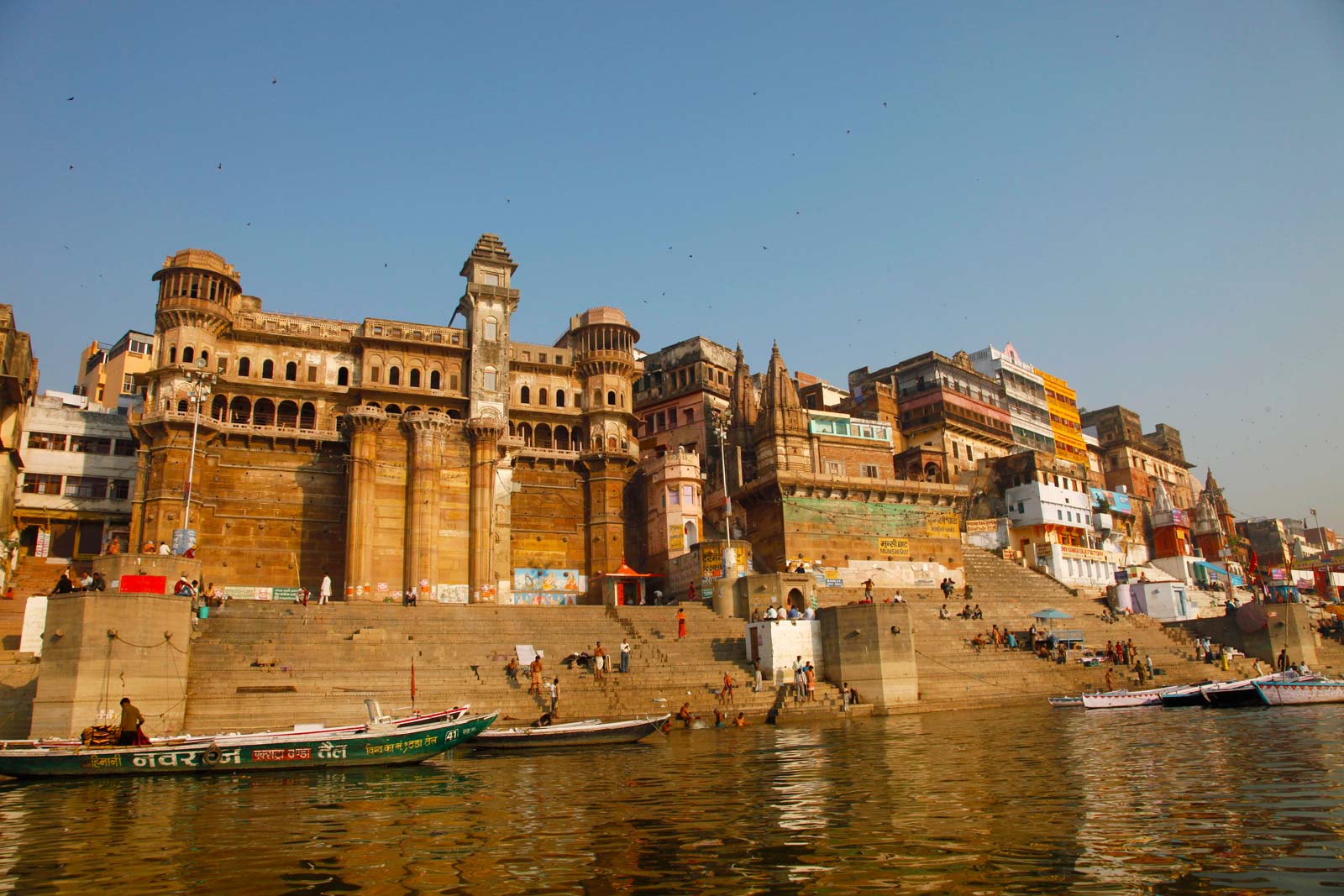
Varanasi
Varanasi – the spiritual capital of India attracts thousands of people every year to take the last breaths of their lives. The city is considered as the Royal residence of Hindu Lord Shiva. People believe that Lord Shiva shower his blessings on them during their last days and provide them with Moksha. Varanasi is located on the banks of River Ganges in Uttar Pradesh. It covers a total area of around 112.1 sq km and situated 320 km south-east of Lucknow and 121 km east of Allahabad. One can easily visit it via train or flight as it is served by the Varanasi Junction Railway Station and Lal Bahadur Sashtri International Airport. Varanasi’s history relates to the mythological era. It was believed to be founded by Lord Shiva. It is also believed that Pandavas visited Shiva in Varanasi to atone their sins in the Kurukshetra War. If Archeological discoveries are to be believed, the city has proved the existence of inhabitants from 800 BCE. Gautam Buddha founded Buddhism in the city around 528 BCE, following which the city served as the Kingdom of Kashi. The city was also ruled by the Pala Empire, Chero Dynasty, and Mughal Empire.
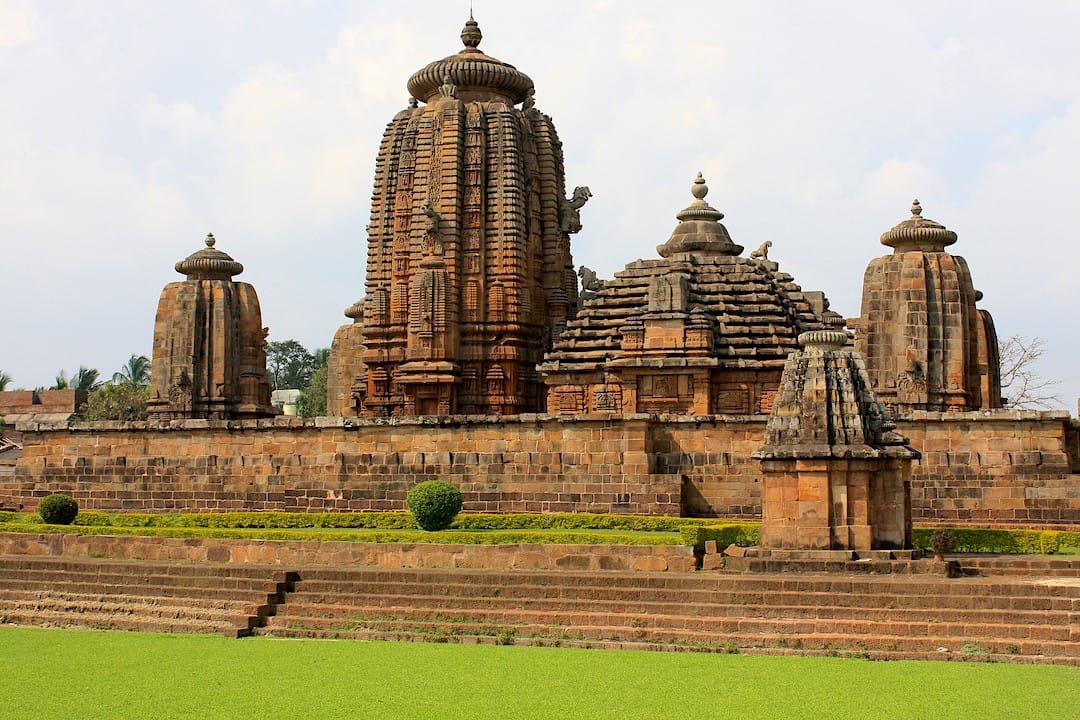
Odisha
Odisha- the land of paddy fields and palm-fringed silver beaches, temples, rivers, waterfalls and tribal people, is filled with major attractions such as the temples of Bhubaneshwar and Puri, miles of clean beaches and the magnificent Sun Temple of Konark. Odisha, the state with a glorious history, is filled with nature and adventure. Inhabited by tribal people, the not-so-developed state of Odisha must be visited to have the experience of the myriad wonders it has in store for everybody. Also known as the soul of India, Odisha is a place where you can relax on the beaches, visit the famous temples and explore the beauty and bounty of nature and wildlife. You can also find various monuments which gloriously stand to remind you of the history of the land. Odisha's art and culture, fairs and festivals, dances and music are a treat for the tourists who love to see colours and wish to enjoy life to the fullest. Visit the soul state of India and come back with a bag full of memories that will remain etched in your mind for a long time.
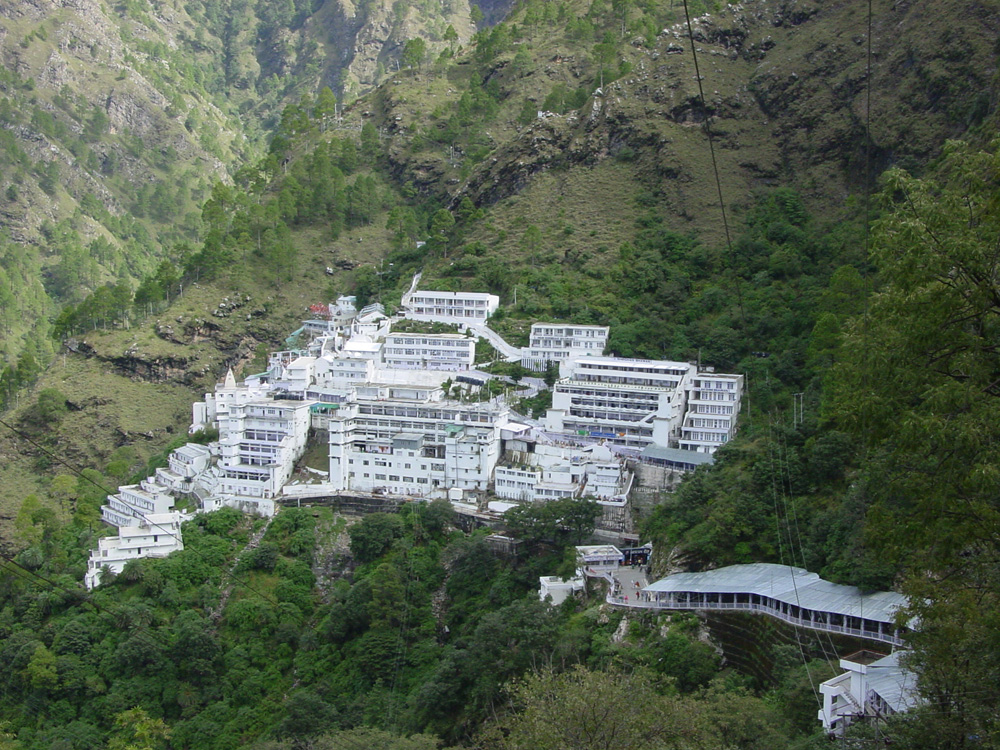
Vaishno Devi
Vaishno Devi is a place of the Goddess which is also said to be the holy cave of Devi that most of the Hindus believe. It is believed that this place is located at an altitude of 5200 ft. many yatris have to do the trekking. This is more popular amongst the youths who love going on an adventure. This is a family place where most of the people simply visit to get the Darshans of the Mother Goddess. There is a Sanctum Sanctorum in which there are three natural rocks that are made and are said to be Pindies. There is no such idol that you can see. It is said that there was once a priest who always was a great devotee of the Goddess. When he got a girl child, he went to a lot of scriptural injunctions, he ensures to keep the temple clean and till then there was not even any kind of ritual worship that was followed till the home got purified with special yajna. Even if there is any history associated with this temple but there is no denial to the fact that many people till date make a plan to visit the place considering the existence and blessings of Vaishno Devi.
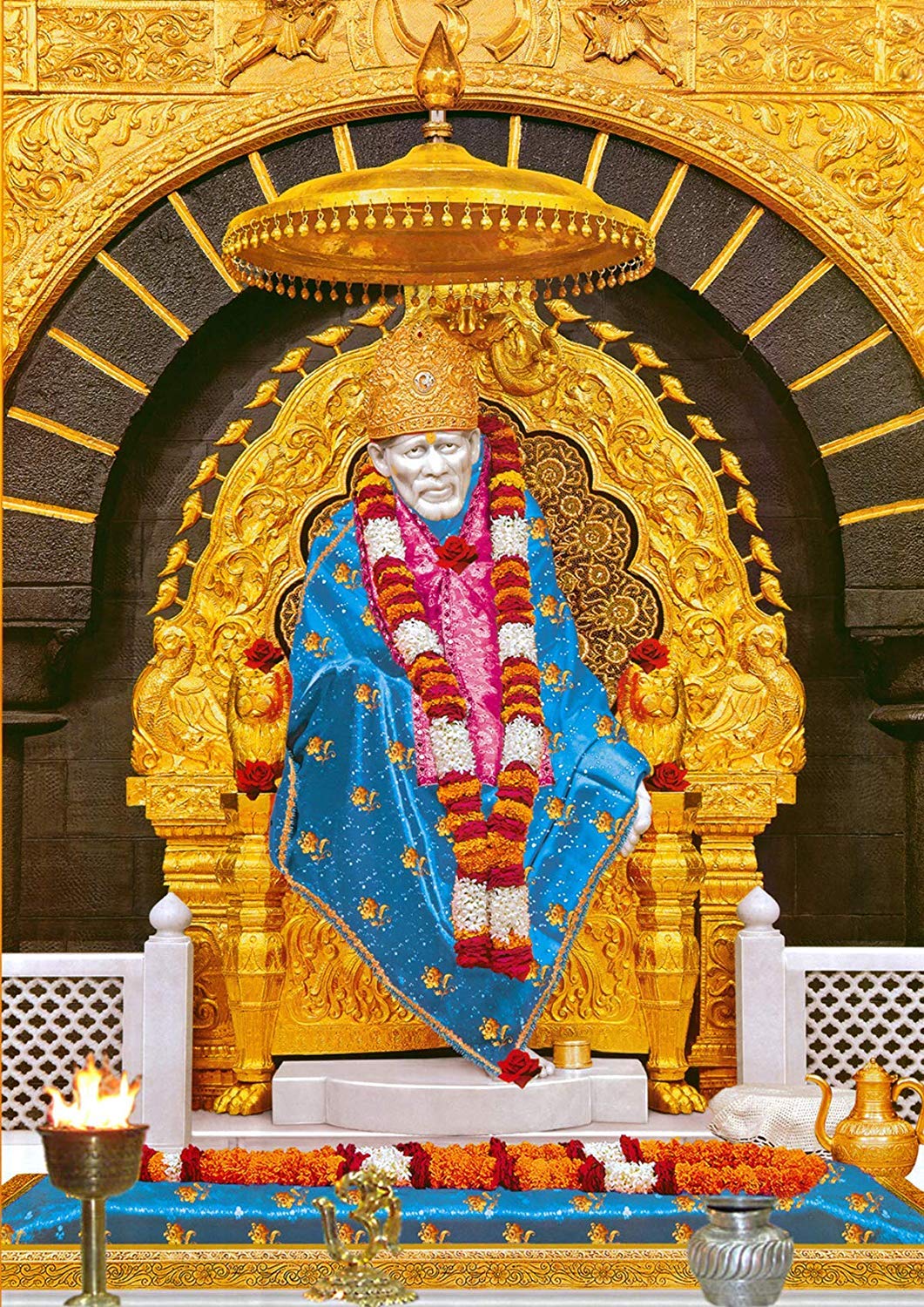
Shirdi
Sai Baba visited Shirdi and stay back in the village teaching, preaching and praying for several decades. Upon his request, after his death, the villagers buried his mortal remains in a designated place and built the Samadhi Mandir on it. A large marble statue of Sai Baba in sitting position is constructed right next to the Samadhi in 1954. The temple holding his tomb was constructed at a large private house, which was built when he was alive. Sai Baba planted saplings around the home and watered them. The house was used as a rest home for the saint and it was built by a multimillionaire from Nagpur, Gopalrao Booty. When the saint fell ill, he stayed back in the house and he was buried in the house, after his death. Later, the actual temple was built which was twice the size of the house. Many changes were made to the temple over a period of time to accommodate the growing population.

